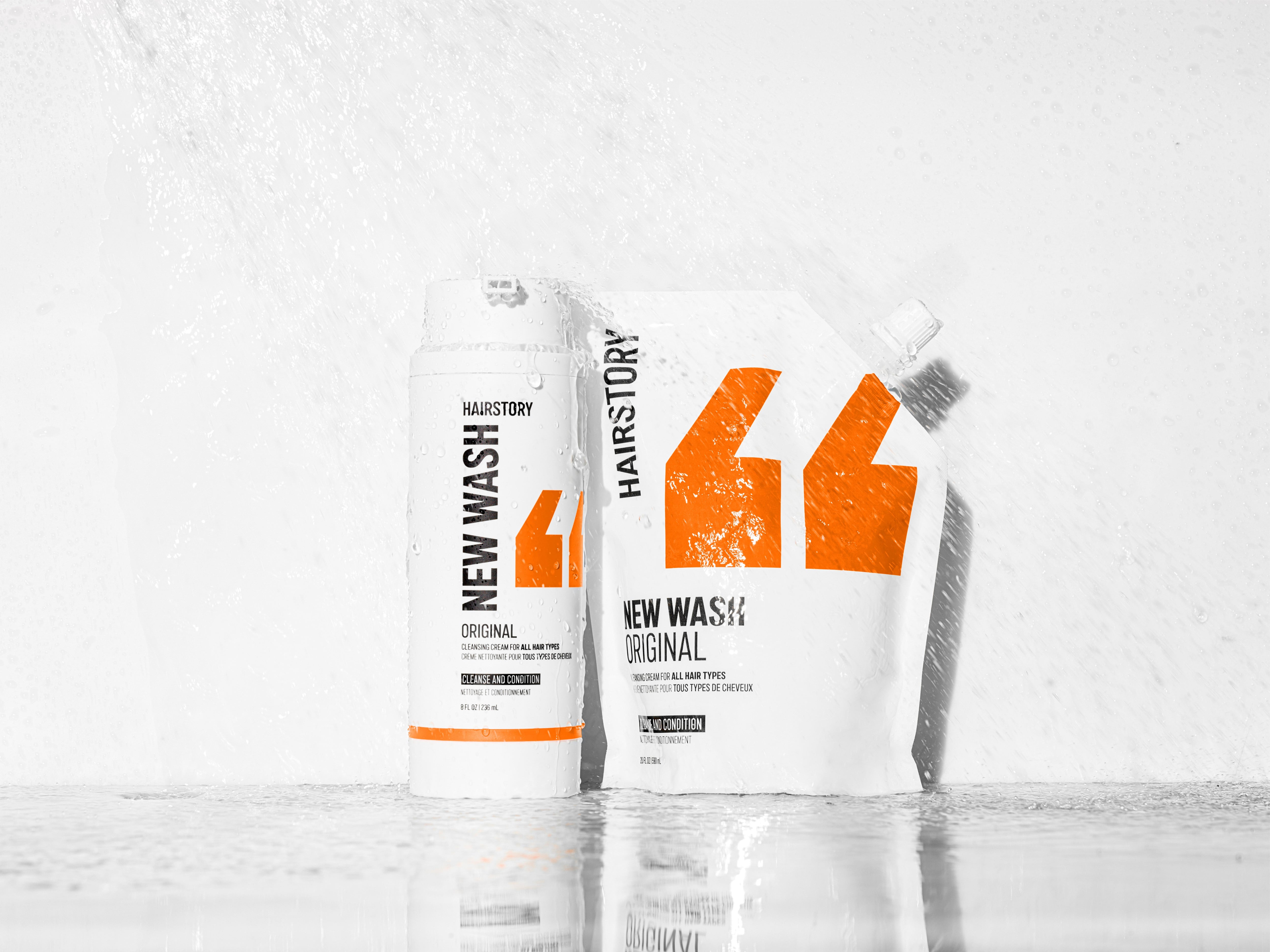The fragrance category is booming, as more people use perfume as a form of expression or even as a tool to lift their mood. From signature scents to wardrobes of emotion altering fragrances, the olfactory sense is the most obvious and fundamental guide.
McKinsey reported that online channels could account for one-third of beauty sales by 2030. But how can you effectively sell a fragrance to someone who cannot smell it first? Will e-tailers face a continuing challenge, or will the rise of influencers and sensorial marketing mitigate this?
We spoke to consumer psychologist, Cathrine Jansson-Boyd about what makes a person buy a perfume that they have not smelt.
Jansson-Boyd is based at Anglia Ruskin University in Cambridge and her research focuses on applied consumer psychology – with particular expertise in haptic perception, multi-sensory integration, aesthetic evaluation and sustainable consumption behaviours.
She has authored multiple peer-reviewed publications and books that help to translate complex psychological insights into actionable strategies for consumer-facing brands, and collaborates with businesses to help them better understand the psychological drivers behind consumer decision-making, to translate theory into strategy.
Cosmetics Design-Europe (CDE): What factors make a fragrance smell attractive to someone?
Cathrine Jansson-Boyd (CJB): Consumers tend to pick scents based on the brand as well as a scent that they think has the ability to represent who they are or wish to be. It is highly personal in that we want it to represent who we are.
CDE: How do brands that are selling perfume online tap into the consumers five senses when the product is not physically in front of them?
CJB: Good question, they don’t. Scent is not something that can be properly conveyed online. The best they can do is try to describe it in as much detail as possible.
CDE: Can tools such as the use of sound, strong visual storytelling, ASMR, descriptive words and colours make up for the lack of scent?
CJB: Strong visual storytelling can help a consumer to feel more connected to a product and make them remember it better. However, it will not be a substitute for the scent itself.
CDE: What is likely to be most powerful when competing with smell?
CJB: The most powerful sense to compete with olfactory input would be touch, but that is also not easy to replicate online. However, describing what something feels like and creating a visually based surface texture can help a bit.
Perfume is also used to shape mood and allows consumers a tool with which to influence how they feel – could the use of emotion-based words help forge connection?
Tapping into consumers’ emotions is always a good idea as ‘feeling good’ about something then becomes associated with the product which enhances the likeability.
CDE: Another promising avenue of research is the use of scents in virtual reality experiences– do you think this is likely to be successful?
CJB: Yes, there is plenty of evidence for this as people have ‘experiences’ that are easier to connect with.
With #PerfumeTok gaining millions of views, influencers are driving discovery of many niche and smaller or ‘dupe’ brands. Does this example of social proof help influence consumer decision making?
Absolutely it does. There is a proof in numbers principle. The more other people seem to like it, the more we take it for granted that this is the norm, and this is what everybody likes and if everyone likes it, it can’t be bad. It’s about relying on what others think, and assuming that not everybody else can be wrong.
CDE: How important are emotional connections when buying something?
CJB: Emotions are incredibly important when it comes to connecting with buyers. Scent is the sensory system that is most aligned with memory, and that’s because it has emotional value and therefore it’s easier to remember and retrieve later.
So, how we are feeling about things is imperative, but this can also be transferred over from things like social influencers. If we feel very positively about them and everybody else says they are great, then those positive emotions will be transferred over to the product they are promoting.
CDE: Perfume challenges like “Guess the scent” or “Fragrance that matches your mood” encourage playful experimentation. Could gamifying the experience also attract consumers?
CJB: Gamification always works for some consumers but not everyone. It kind of works in that it intrigues people – it’s a bit of a mystery. What it does, very cleverly, is it makes us process the information and remember it better later on because we have engaged in the game.
So even if people don’t buy there and then, they will remember it, as opposed to something you just fleetingly look at, which doesn’t go into your long-term memory and therefore you will forget about it later.
CDE: How important are reviews and recommendations when it comes to purchasing something?
CJB: Reviews and recommendations are really important. Unfortunately, when it comes to online reviews, they are not always authentic and that can be a problem. People tend to go online and rave about things when they are either really strongly for or against something. This means that all those people that might kind of feel indifferent are not going to go online perhaps and leave reviews.
So we are very much guided by strong reviews but people do look at them because the assume (back to the proof in number principle) that if other people say it’s ok, that it’s got to be ok and the more people that say it, the more reliable it seems to be.




